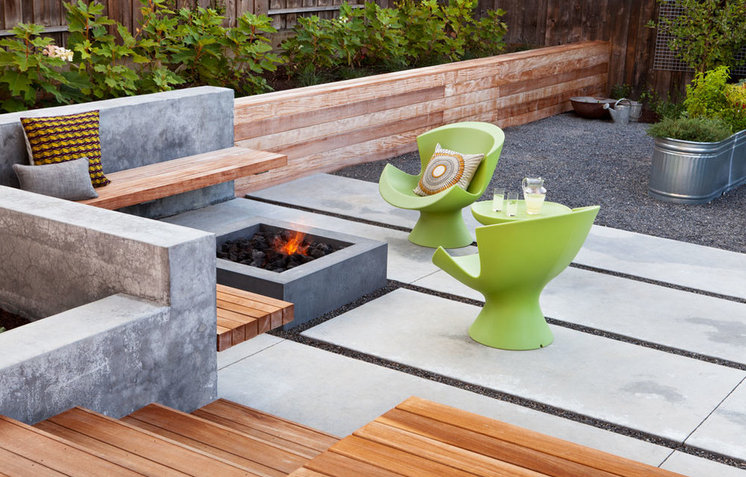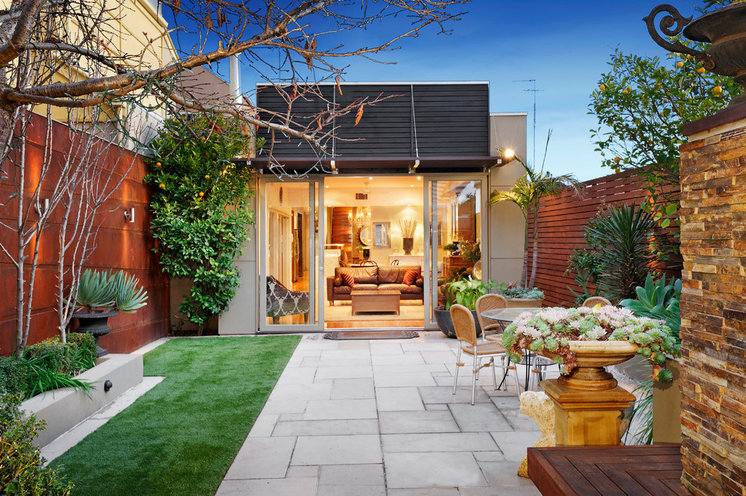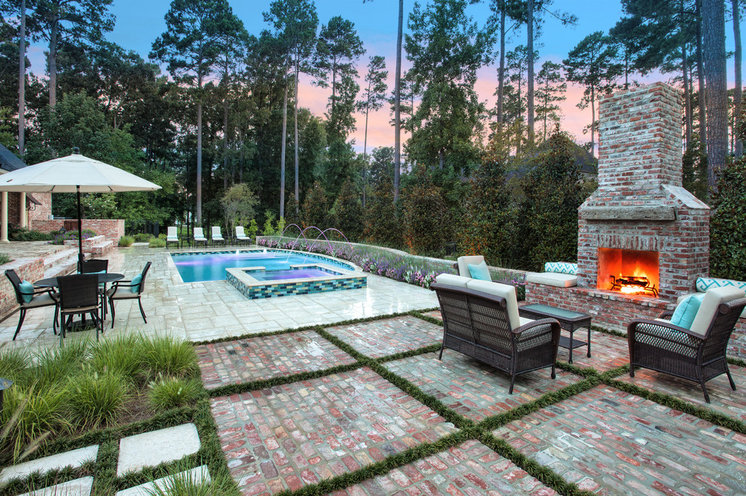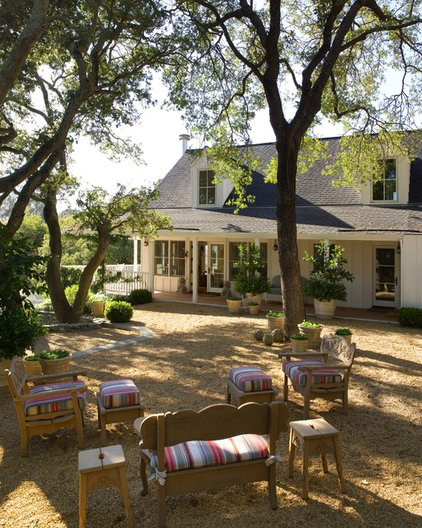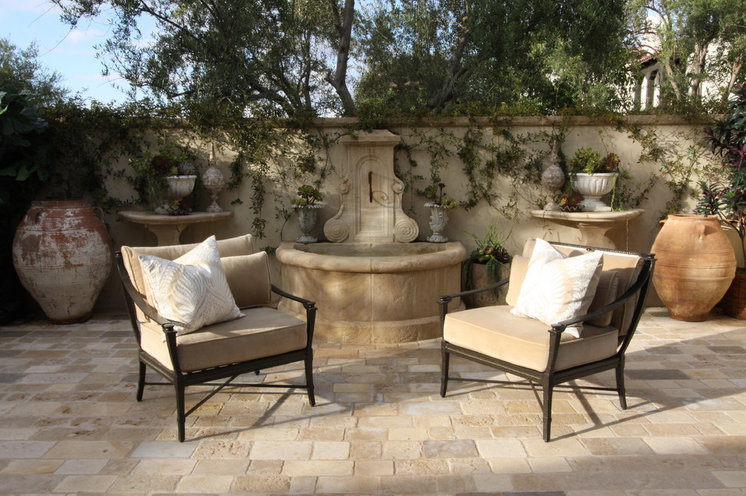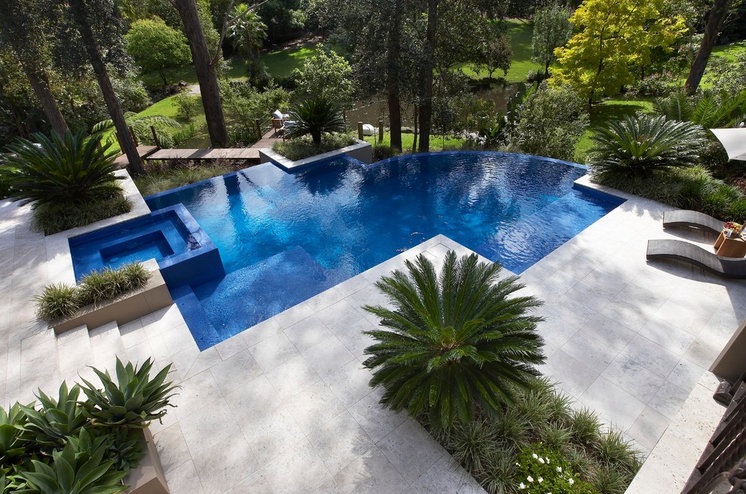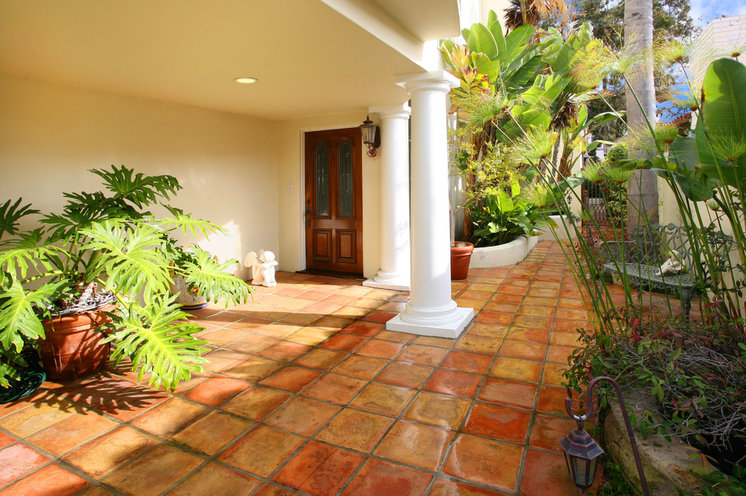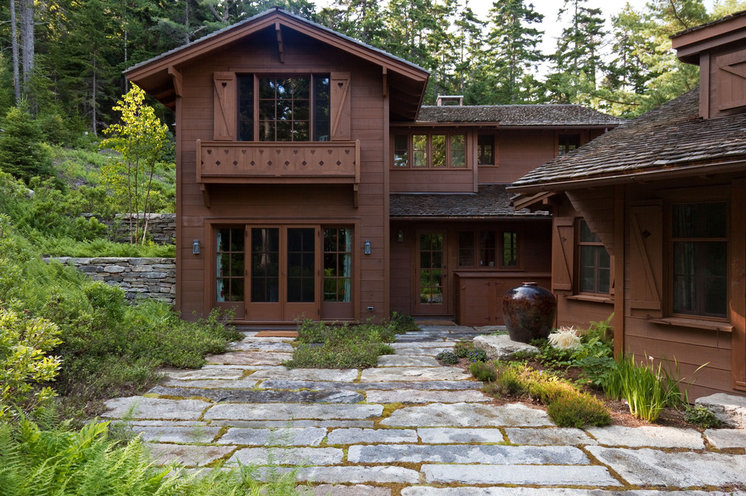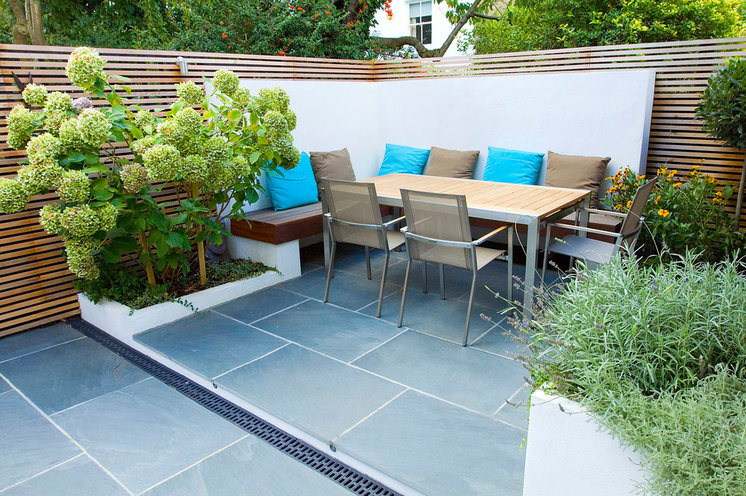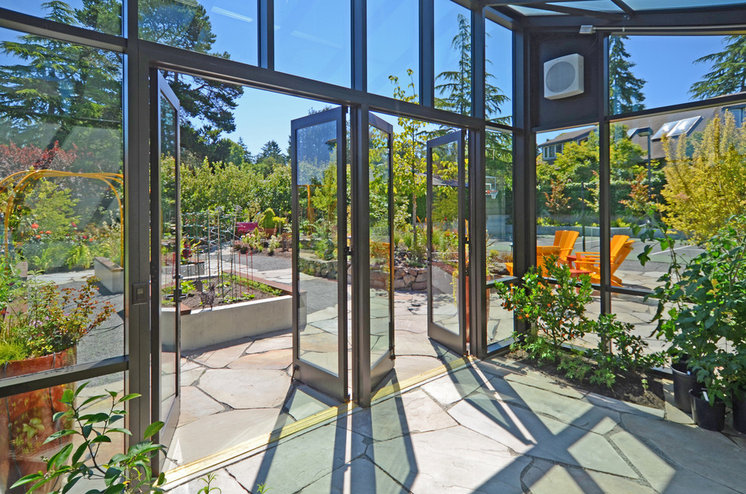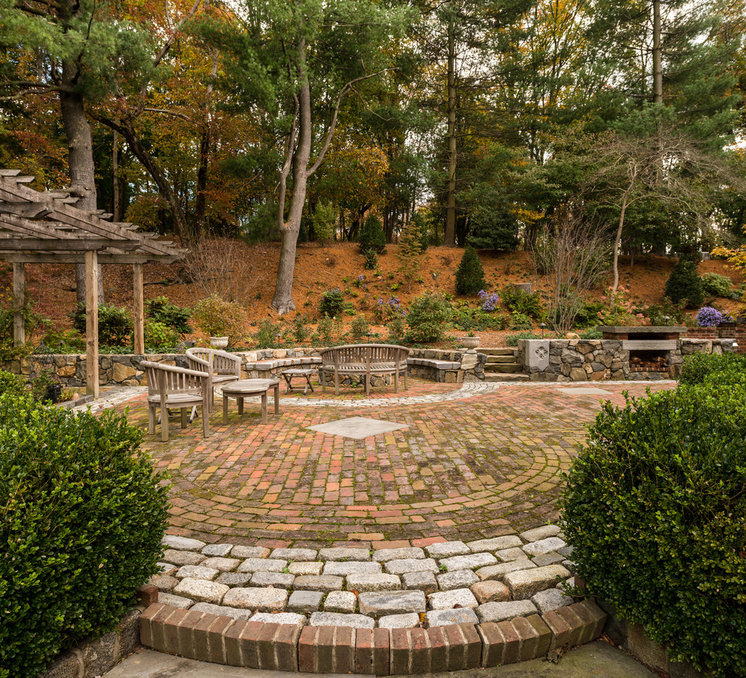Here are our guides to 10 of the most popular paving materials. Whether you are repaving or paving new, you can use them to understand the basics about paving to make an informed decision based on your situation and where you live.
Concrete is the standard because it’s affordable, easy to install and easy to maintain. However, cast-in-place concrete doesn’t have to be boring just because it’s the standard. There are many ways to create patterns, textures and colors to liven it up.
Precast concrete pavers are modular pavers that come in a dizzying number of sizes, shapes, colors, textures and patterns. Precast concrete pavers are a great choice for those who want a different look but don’t want to pay for natural stone. Modular permeable systems, which soak up water instead of creating runoff, are available for driveways, walkways and patios.
Brick in the standard 4-inch-by-8-inch size can be used to make many fun patterns, including herringbone, without looking too busy, and its reddish tones bring warmth to the garden. Brick also works well with many other hardscapes, which is why you’ll often see it used with wood decks and other paving materials.
Gravel is available as decomposed stone by the bag or pallet and can be used for paths and patios where you want a softer look. It needs to be bound by some kind of rigid edge, like in the space shown here, to contain it.
Limestone is typically white to off-white and sometimes a grayish white. Its light colors make it fantastic for warm climates, where it can reflect heat. It also brings a nice brightness to shaded garden areas — lightening up even places in deep shade.
Travertine is harder and less porous than its cousin limestone, which makes it somewhat easier to maintain. It stays cool to the touch and makes a lovely poolside surface for bare feet.
Tile is bold and funky because it comes in bright and rich colors and is a nice choice for warm climates. It can be tricky to maintain, so be sure you are ready to keep up with tile maintenance.
Granite is expensive, at $14 to $20 per square foot installed, but it may be worth the investment for you because it lasts several lifetimes. If you live near the granite quarries of the Northeast, it’s also a sustainable, local building material.
Slate has a deep, rich color and is available in many tones, from deep charcoal to jade green. Slate withstands the coldest climates and works like a champ in the freeze-thaw cycle.
Bluestone is a flaky kind of stone that is broken along its fissure lines to create some of the most elegant flagstones. It’s also available as dimensioned rectangular pavers, if you want a regular pattern for your patio.
Guide:Pros and cons of bluestone paving
